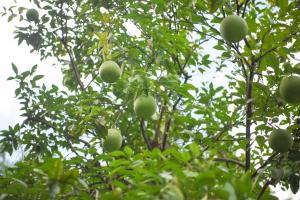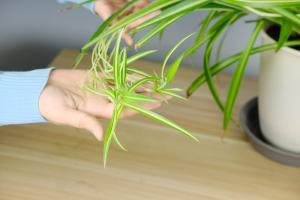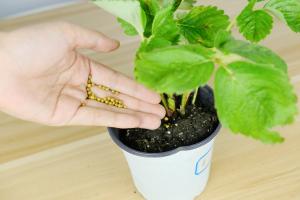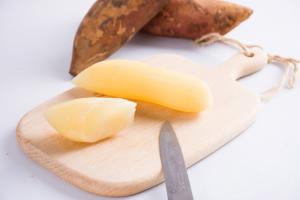1、 Curing method
1. Soil: Begonia verticillata can grow well in slightly acidic and alkaline soil, and the requirements are not very high. It will grow better in deep soil layer. When planting, it is best to choose fertile and drainage clay to grow better
2. Light: it likes a sunny growth environment. Sufficient sunlight can make its flower color more bright. If there is not enough light for a long time, its branches will be short and weak
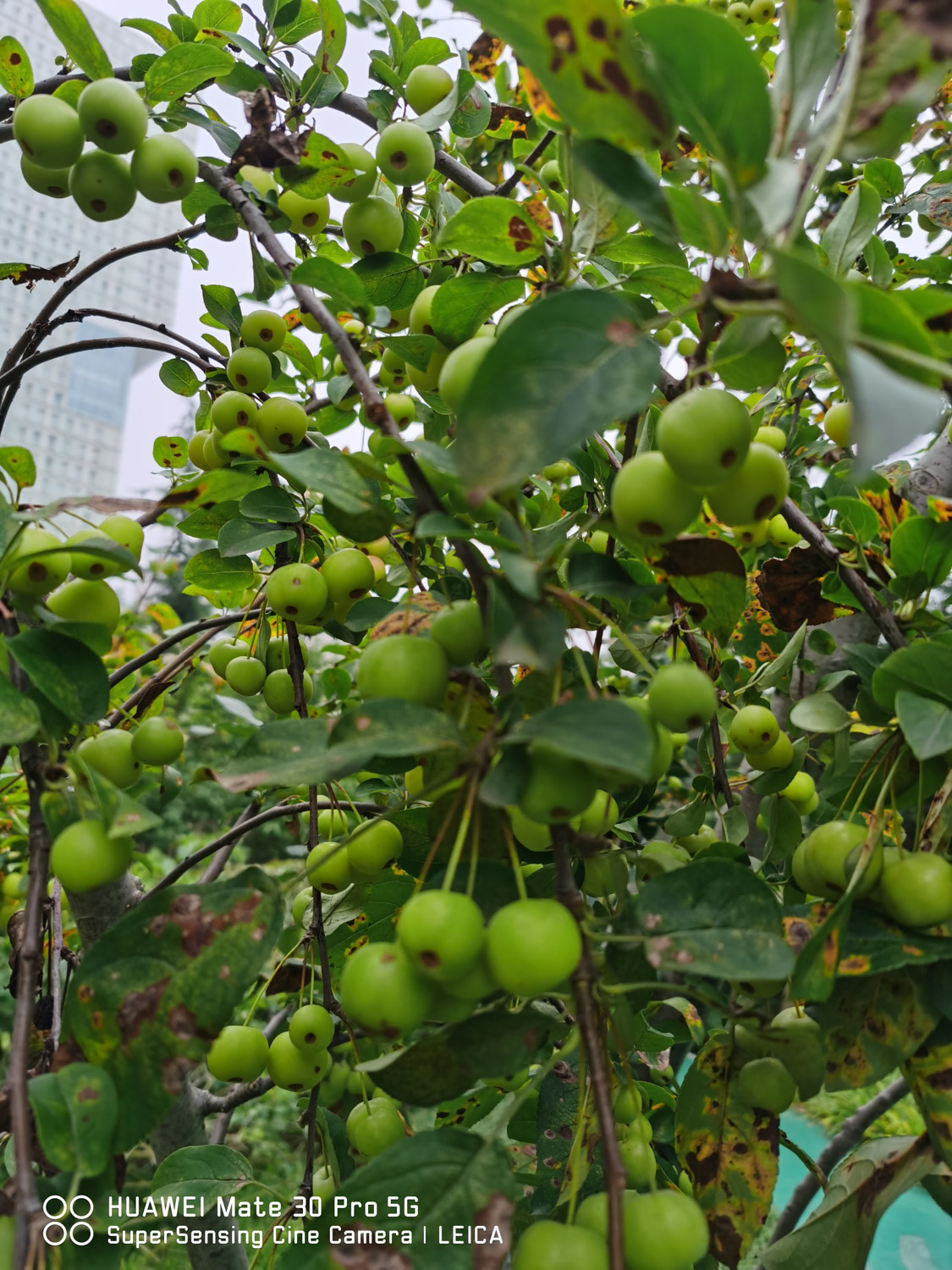
3. Temperature: the environment of 15-28 ℃ is most suitable for its growth. When it is hot in summer, it is necessary to shade and spray some water around the plant. In winter, you can put it into indoor breeding, or directly bury the basin in the soil
4. Watering: it likes a humid growth environment. During the growth period, it can be watered more without ponding. Attention must be paid to the drainage work in plum rain season to avoid root rot caused by ponding
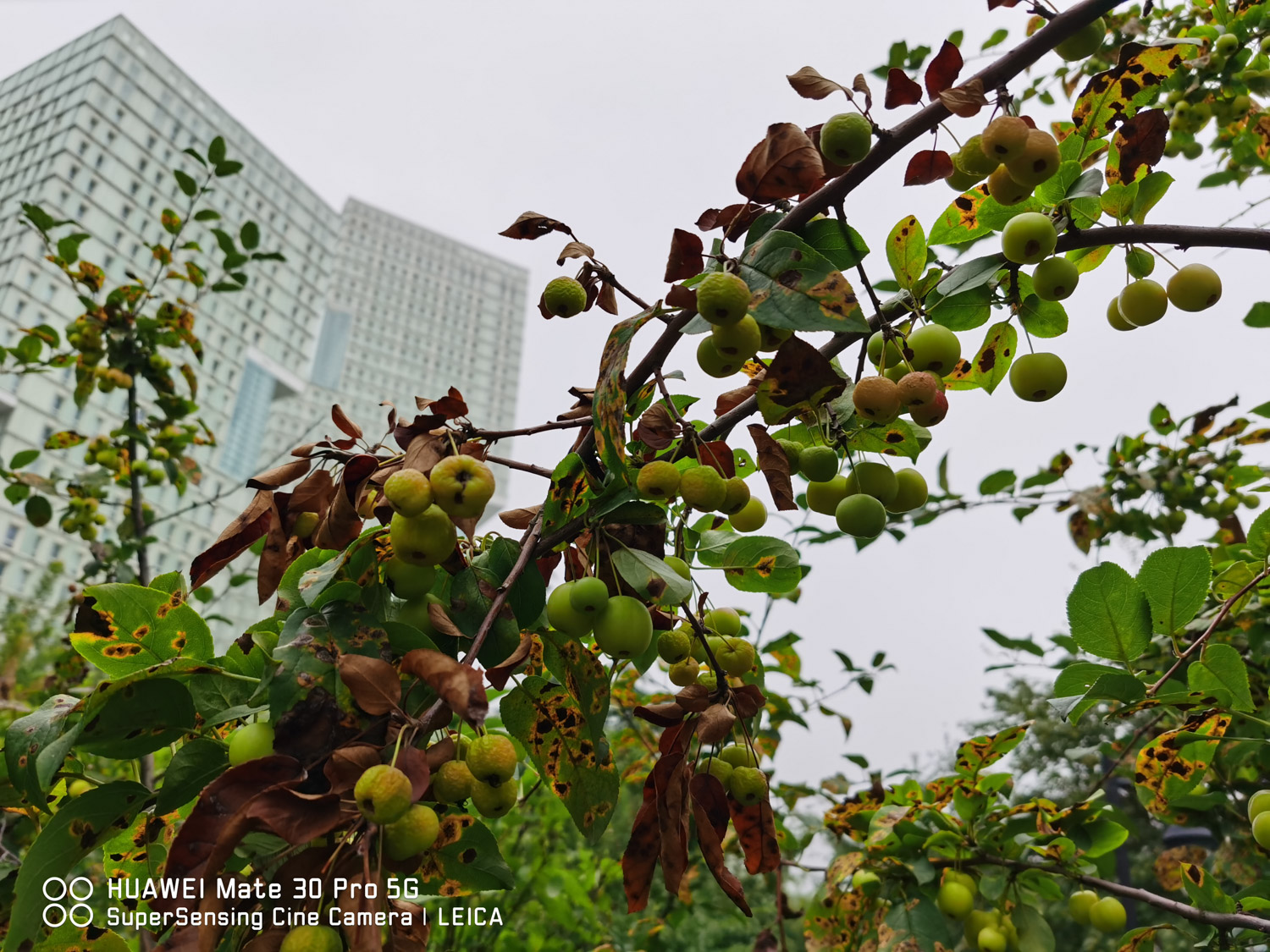
2、 Breeding skills
1. Pruning: pruning at flowering stage is mainly based on morphology. In the later stage, pay more attention to whether there are dead and diseased branches. After finding them, prune them in time to avoid harming other branches and improve the permeability of the plant
2. Breeding: it is easier to breed by pressing strips. It is best to choose 1-2 small strips of paper to twist and then bury them in the soil. Most of the upper ends of the branches are on the ground. They can be transplanted into other flower pots in the coming year
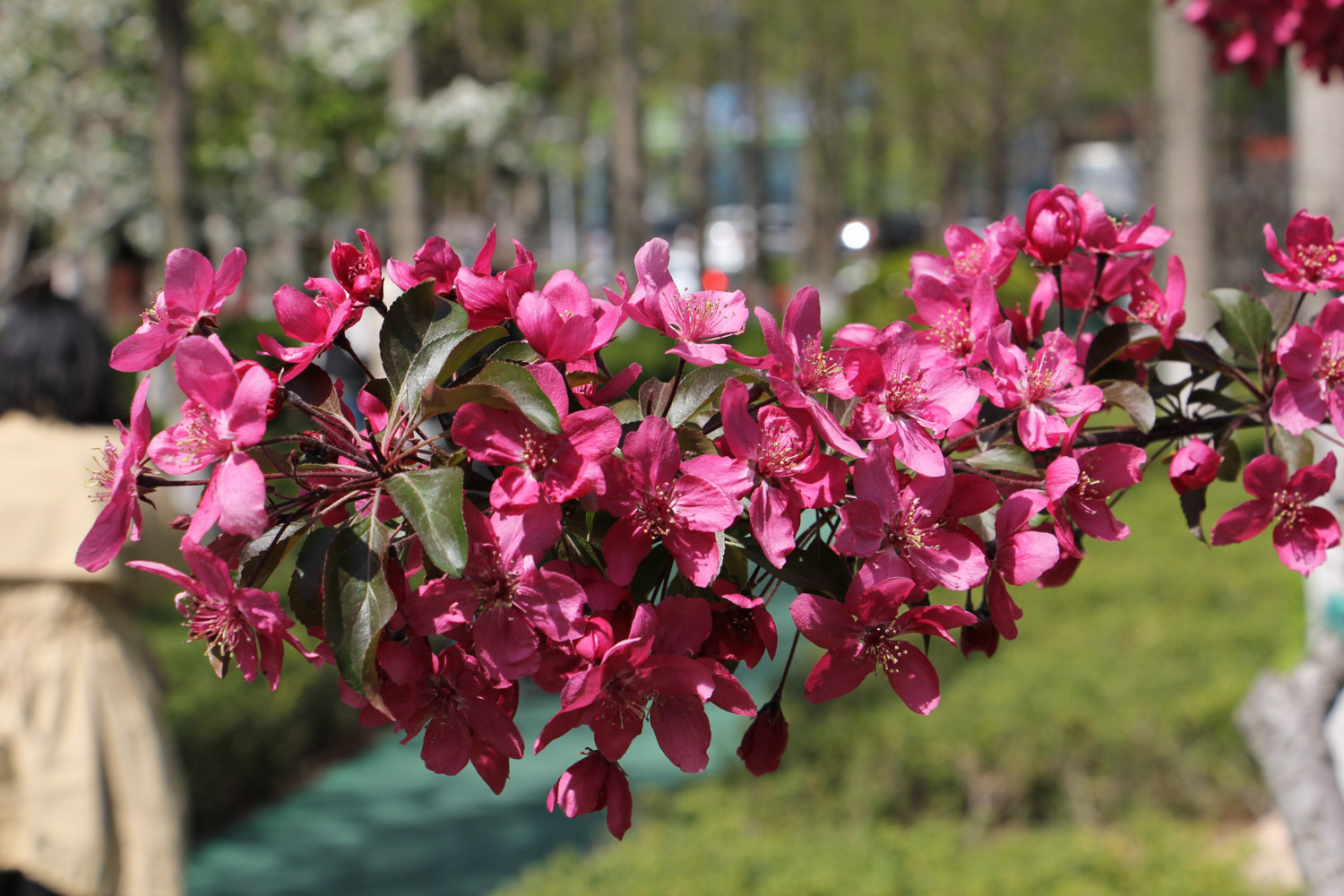
3、 Diagnosis and treatment problems
1. Insect pest: the more annoying thing is red spider, which has a very fast reproduction speed and great harm. Therefore, measures should be taken as soon as possible to spray it with a 300 fold diluent of wettable powder made of 6% dicofol and 6% dicofol
2. Yellow leaves: yellow leaves are mainly caused by water shortage or excessive fertilizer burning roots. When symptoms occur, remedial measures should be taken in time and adjustments should be made as soon as possible according to their own conditions
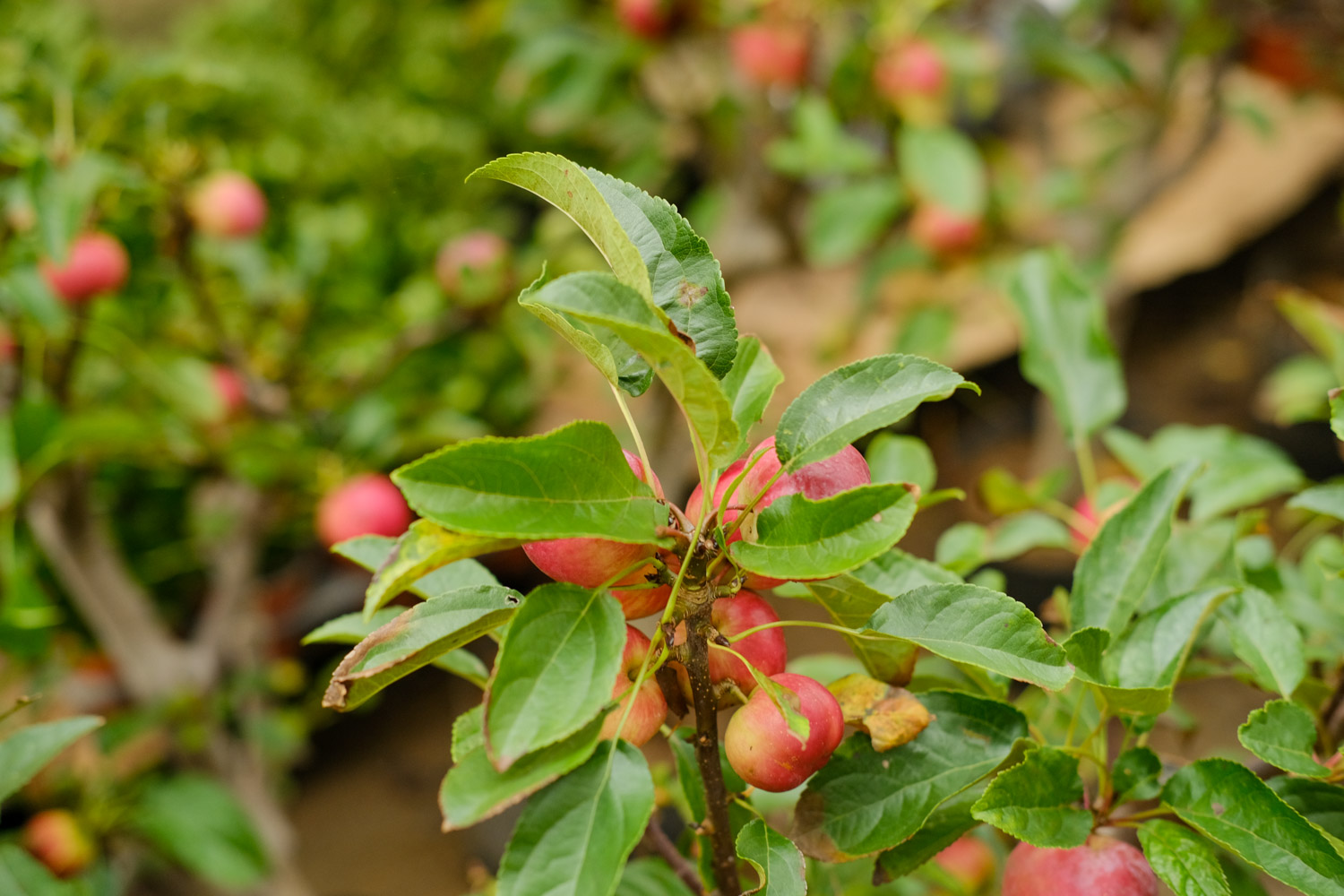
4、 Other issues
1. Toxicity: Begonia verticillata has no toxicity and has no impact on human body. Not only that, it also has high medicinal value. Flower friends can cultivate it safely
2. Whether it can be kept indoors: if the indoor lighting conditions are good, there is no problem with indoor breeding, but it is best not to keep it in the bedroom, because it will absorb oxygen at night
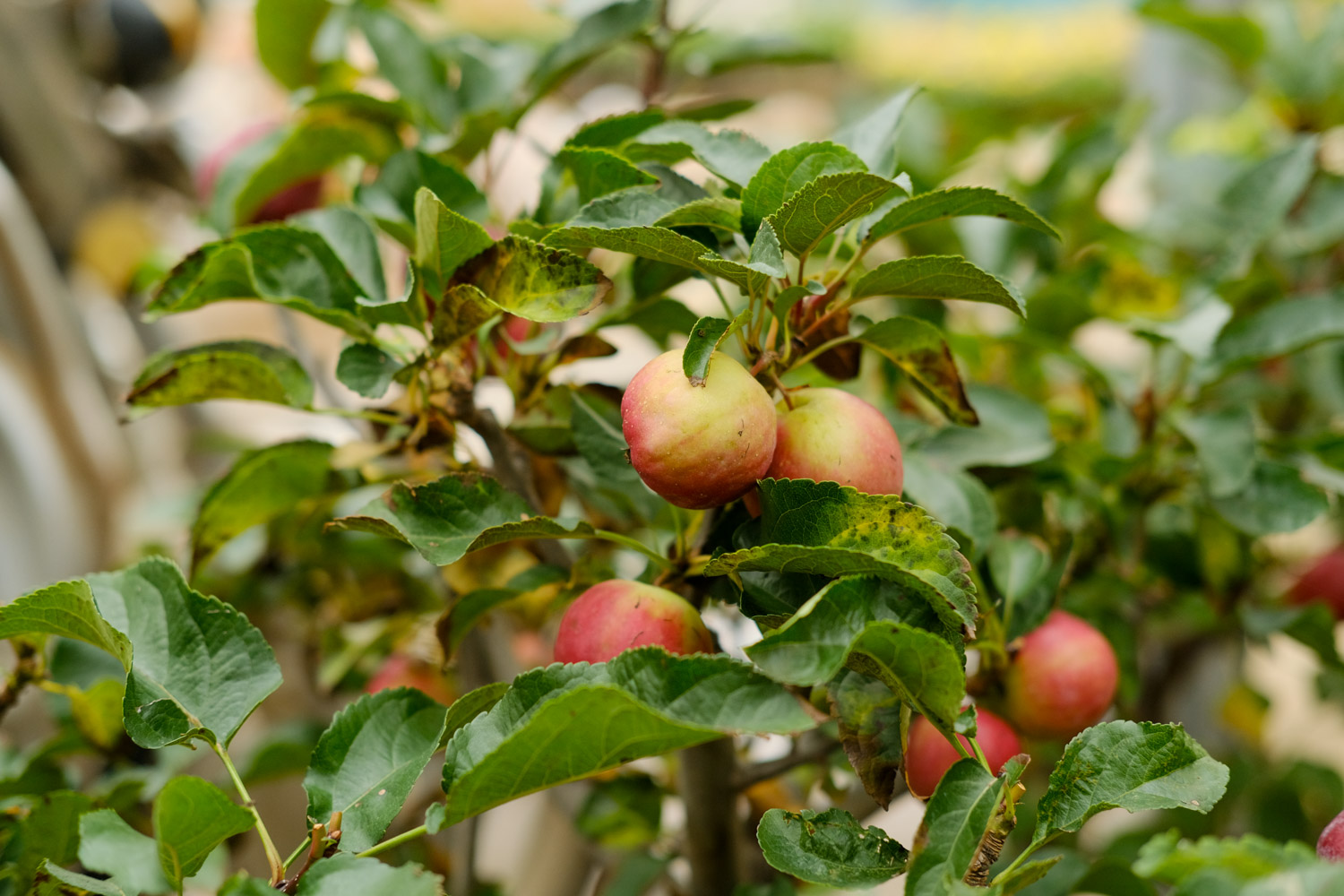

 jackfruit
jackfruit snake plant
snake plant hibiscus
hibiscus hydrangea
hydrangea lavender
lavender Green roses climb al...
Green roses climb al... If you don't pay att...
If you don't pay att... Management of four g...
Management of four g...


